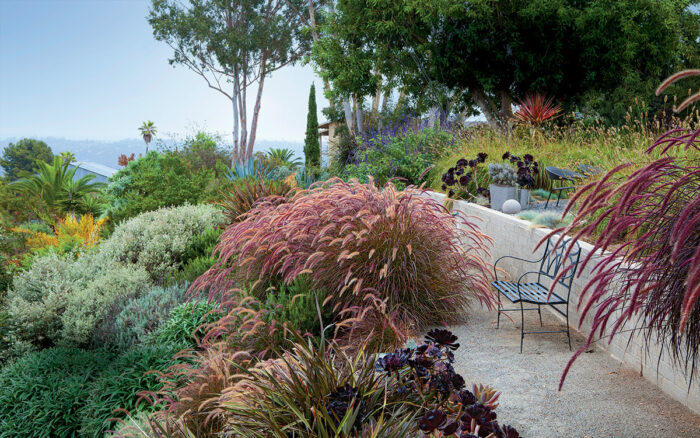
You never want your garden to be “too” anything: too rigid, too messy, too boring, too chaotic. It means you overdid or underdid it in some way and the final result is off. A garden that is balanced, however, isn’t “too” anything and, as a result, is more pleasing to the eye and the mind. The garden of landscape architect Debora Carl, located near San Diego, California, is a model of balance, where all the elements are kept in check by an opposite: Light colors calm darker hues, soft plants temper hard surfaces, and unruly plant habits counteract linear shapes. The result is a design that feels deliberately artistic yet completely natural.
Tame wild behavior
Plants, too, need to be brought into balance. The addition of a small seating area and water feature add some deliberateness to this scene, making it clear that this is not some forgotten area allowed to run wild. The bold forms of the asparagus fern and the water feature also help counteract the effect of the abundant fine texture.
Pair powerful hardscaping with powerful plantings
Hardscaping is an essential element in every garden. In addition to connecting the home to the landscape, hardscaping carries you into and through the garden on paths and stairs, and it is hardscaping—in the form of a patio or terrace—that provides a place to be in a garden. But such elements are, as the name indicates, hard. A balanced garden is one in which plantings soften the hardscaping, providing the all-important reason to move through and stay in the garden.
1. Color can connect
To help connect the house with its surroundings, the concrete paths share the same color as the walls. The plants help too, with several of them echoing the rusty brown tones of the pergola.
There is also a balance between strong and neutral colors. The beige of the house and hardscaping and the green of much of the plantings are muted colors evened out by shots of hotter and darker hues.
2. Strong forms create the proper proportion
The dominant presence established by the house and large concrete slabs calls for powerful plant forms to balance the scene. Breaking up the concrete walkway into smaller pads and allowing plants to grow between them also help balance the weight between hard and soft elements.
Establish planes, then break them
Hardscaping often utilizes straight lines, which clearly delineate and define a space. While these spaces are distinct, the straight lines can make them feel emotionally cold. Plants naturally soften hardscaping, and using those whose habit tends to go in all directions (which can be described as “wild looking” or “messy”) is often the best way to break up all the straight lines.
1. Lines create order
The patio, fire pit, stairs, and water feature are squares and rectangles that stick to horizontal and vertical planes. This gives them an architectural presence that helps them relate to each other and to the house.
2. Wildness adds interest
What makes most of the plants in this area distinct is how clearly they break all the planes established by the hardscaping. The habit of the grasses goes up, down, across, and out in all directions. Even the ground covers are allowed to creep over the corner of the patio to blur the edges of that particular rectangle.
Counter big with small
Another important element in a successful design is the balance between large moments and smaller moments, like this vignette. Using just five plants, Debora manages to balance many of the same characteristics as she does throughout her garden: hot and cool colors, upright forms and mat-forming habits, and hard and soft elements.
Plant choices: Balancing at the edge
An important first step in balancing hardscaping with plants is to soften the lines where elements like paths and edges meet your beds and borders. These six plants get the job done, creeping or spilling across boundaries to make a pleasing transition from hard element to soft.
 |
 |
1. ‘Angelina’ sedumName: Sedum rupestre ‘Angelina’ Zones: 6–9 Size: 6 inches tall and 1 to 2 feet wide Conditions: Full sun; well-drained soil |
2. Blue fescueName: Festuca glauca Zones: 4–8 Size: Up to 1 foot tall and 1 to 2 feet wide Conditions: Full sun; average soil |
 |
 |
3. Silver carpetName: Dymondia margaretae Zones: 7–11 Size: 1 to 3 inches tall and 12 to 20 inches wide Conditions: Full sun; well-drained soil |
4. ‘Silver falls’ dichondraName: Dichondra argentea ‘Silver Falls’ Zones: 10–11 Size: 3 inches tall and 2 to 4 feet wide Conditions: Full sun; well-drained soil |
 |
 |
5. Snow in summerName: Cerastium tomentosum Zones: 3–7 Size: 8 inches tall and 18 inches wide Conditions: Full sun; average, well-drained soil |
6. ThymeName: Thymus spp. and cvs. Zones: 4–9 Size: Up to 1 foot tall and wide Conditions: Full sun; well-drained soil |
Steve Aitken is the former editor of Fine Gardening.
Photos, except where noted: Richard Bloom
Fine Gardening Recommended Products

A.M. Leonard Deluxe Soil Knife & Leather Sheath Combo
Fine Gardening receives a commission for items purchased through links on this site, including Amazon Associates and other affiliate advertising programs.

Corona E-Grip Trowel
Fine Gardening receives a commission for items purchased through links on this site, including Amazon Associates and other affiliate advertising programs.

Buffalo-Style Gardens: Create a Quirky, One-of-a-Kind Private Garden with Eye-Catching Designs
Fine Gardening receives a commission for items purchased through links on this site, including Amazon Associates and other affiliate advertising programs.


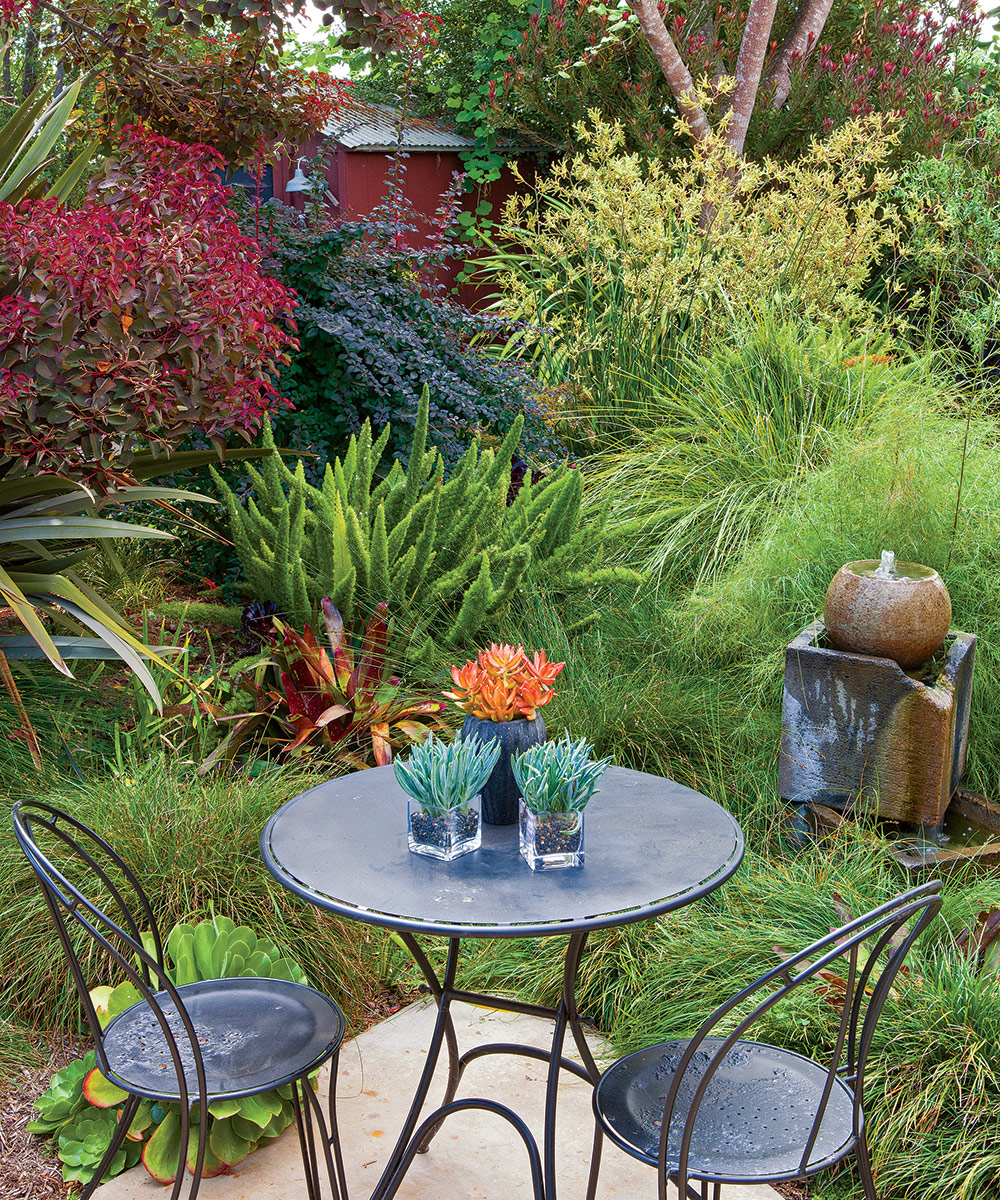
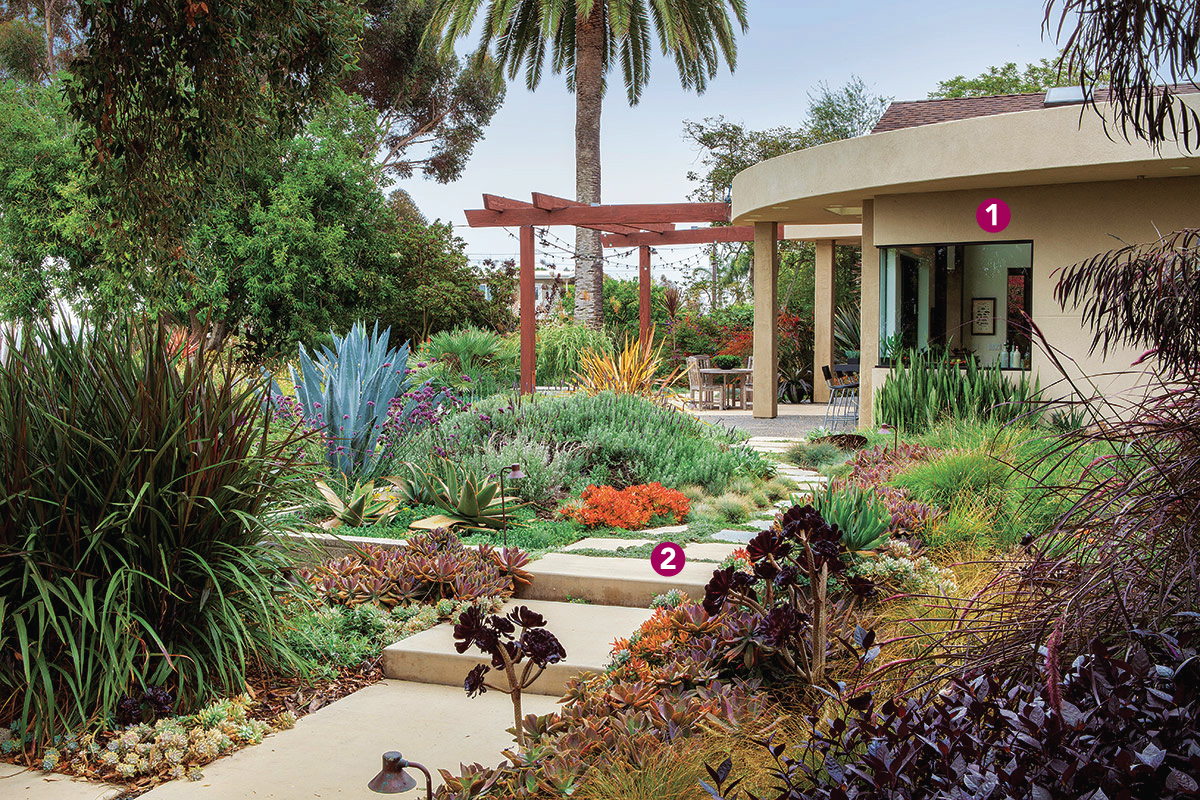

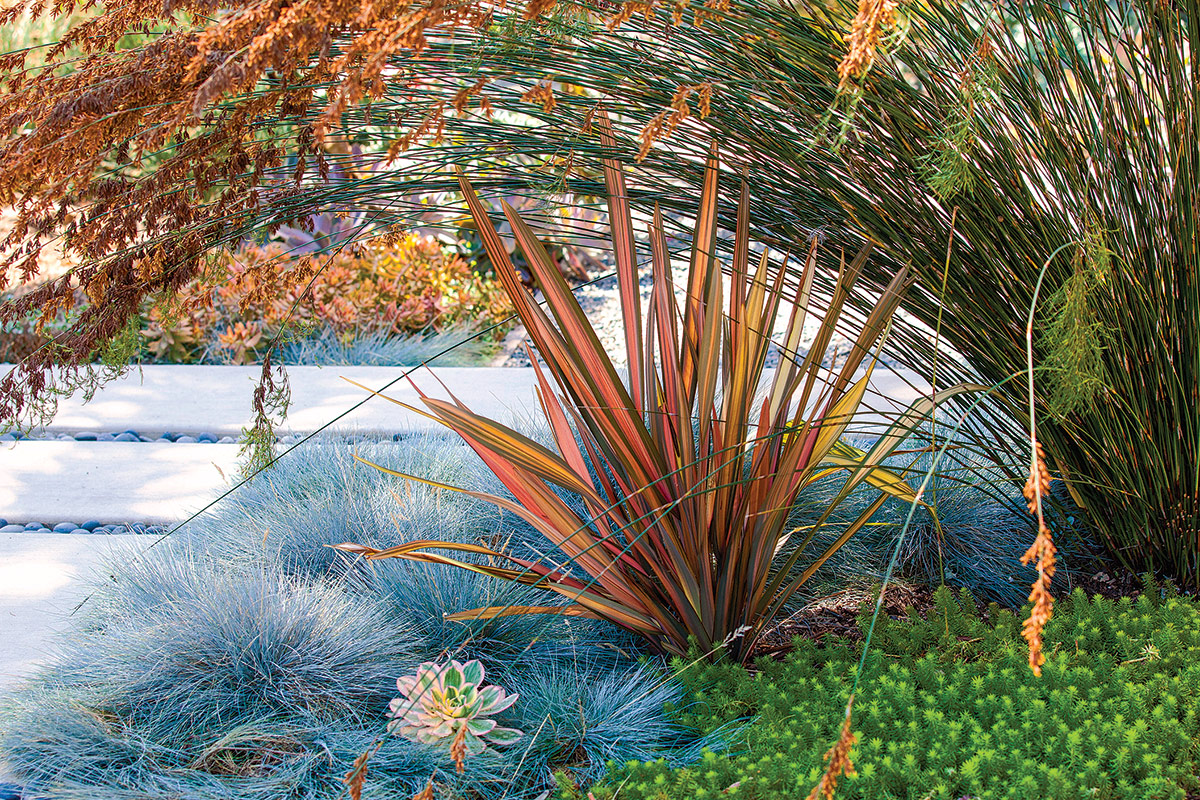
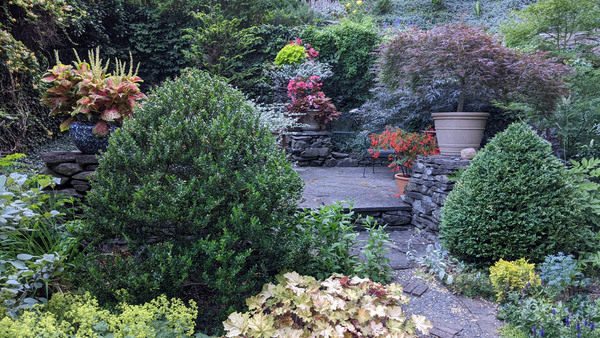
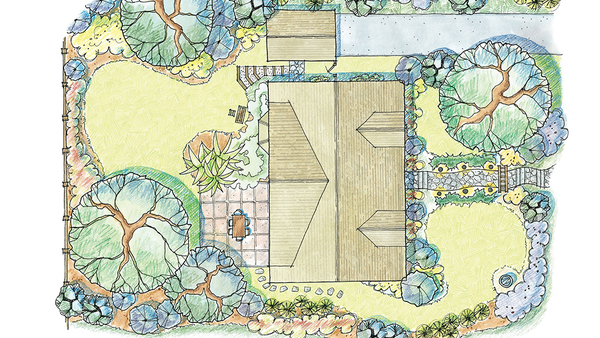
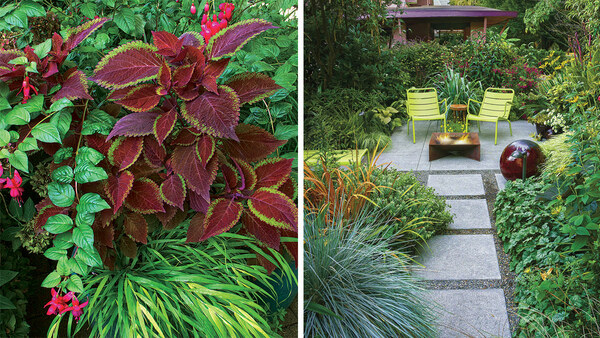














Comments
Log in or create an account to post a comment.
Sign up Log in